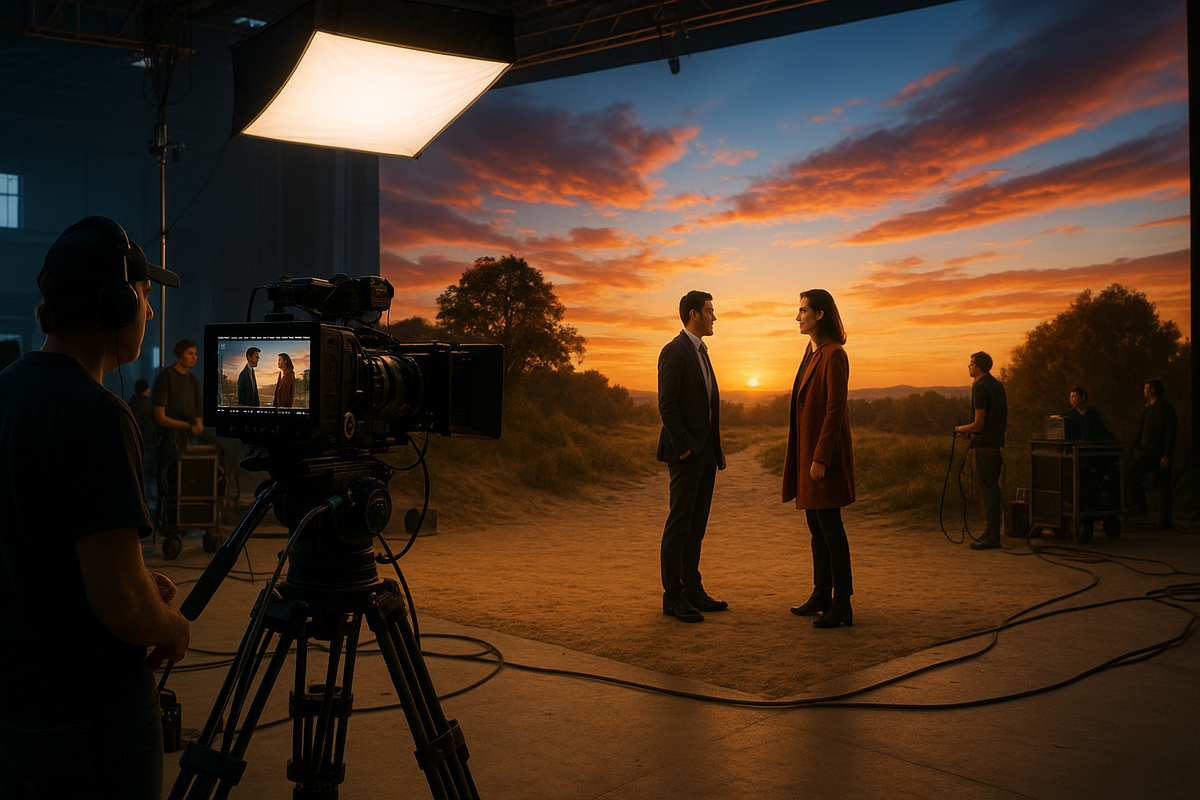
The global film industry is facing a seismic shift unlike anything it has experienced since the dawn of television. A perfect storm of shrinking budgets, changing audience habits, and the streaming revolution is forcing the industry to rethink its entire approach to storytelling, production, and distribution.
One of the most noticeable changes is the resurgence of mid-budget films. For years, studios funneled resources into $200-million tentpole blockbusters, chasing the next Avengers or Avatar. However, post-pandemic economics and audience fatigue are making that model increasingly unsustainable. In its place, there's a renewed appetite for smart, cost-effective films in the $10–$50 million range — films like Everything Everywhere All at Once, The Menu, and Barbarian. These projects offer strong creative visions without requiring massive bets, allowing studios to diversify their slates and manage risk more effectively.
On the technical side, virtual production techniques are helping drive budgets down without compromising on scale or quality. LED volume stages — pioneered by productions like The Mandalorian — are becoming more mainstream, letting filmmakers create complex environments without the need for expensive location shoots. Combined with advances in real-time rendering and AI-assisted post-production, these technologies are reshaping production workflows from the ground up.
Another profound shift is happening in how films reach audiences. After years of a “streaming-first” gold rush, studios are pulling back from the high-spending, low-profit strategies that fueled platforms like Netflix and Disney+. Investors are now demanding profitability over pure subscriber growth. As a result, the old practice of “windowing” — staggering theatrical, rental, and streaming releases — is making a comeback. A film that first succeeds at the box office is proving to have stronger, longer-lasting value once it hits streaming platforms.
Moreover, the rise of free ad-supported streaming TV (FAST) channels like Pluto TV and Tubi is reshaping viewing habits. Even premium platforms like Netflix and Disney+ are rolling out ad-supported tiers, acknowledging that advertising revenue is a necessary pillar for sustainability in the new entertainment economy.
In a further sign of change, tax credits and location incentives are driving more productions out of traditional hubs like Los Angeles. Cities like Atlanta, Vancouver, Budapest, and Sydney are thriving as studios chase the most favorable deals to maximize their ROI. This globalized production landscape also reflects the increasingly international nature of today’s film audiences.
Across the board, studios are learning to balance big swings with financial pragmatism — producing leaner, smarter content while laying the groundwork for a hybrid theatrical-streaming future. But the financial pressures are just part of the story. Political and cultural forces are reshaping the industry too — and that’s where the real fault lines lie.
Chris Sturges, Business Development Director for
Suspiciously Convenient Productions Inc
Contact: chris@suspiciouslyconvenient.com
Tags: #Hollywood North #Film Industry Evolution #Future Of Filmmaking
#Virtual Production #Cinema Reimagined #Hollywood Trends
